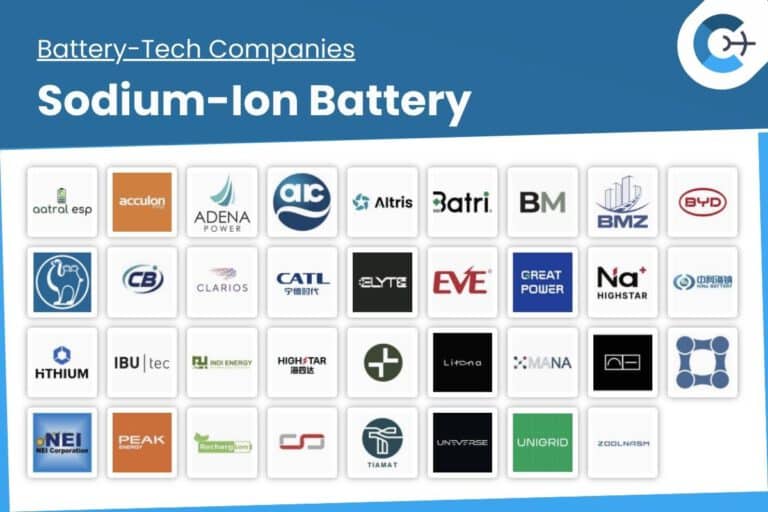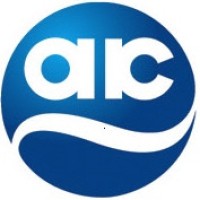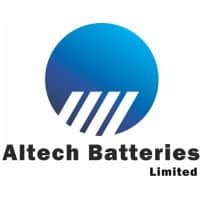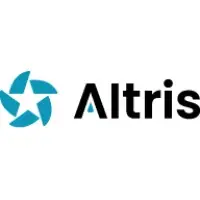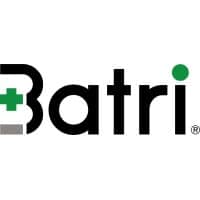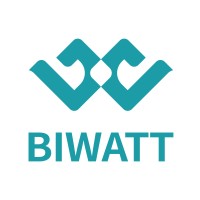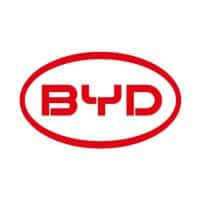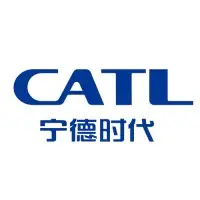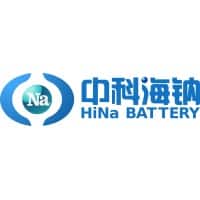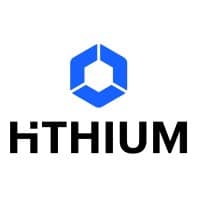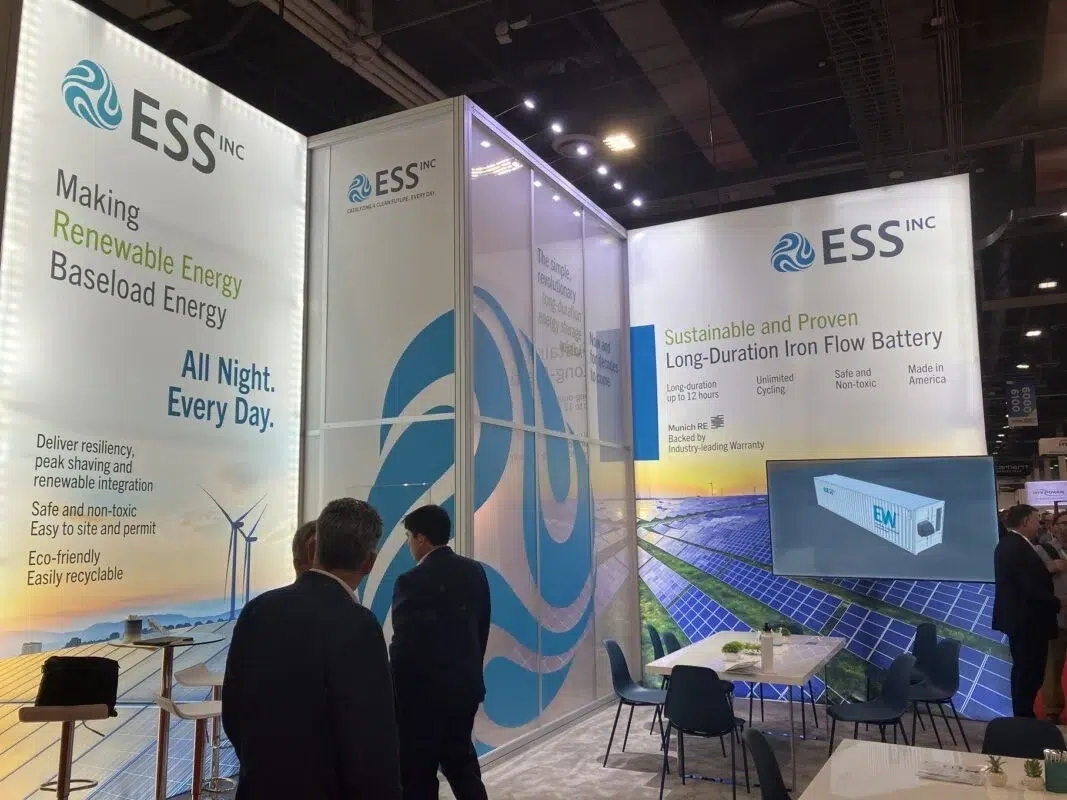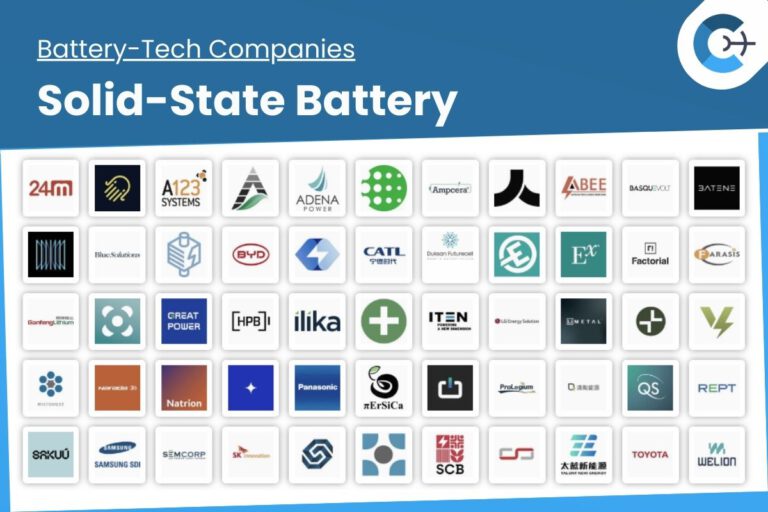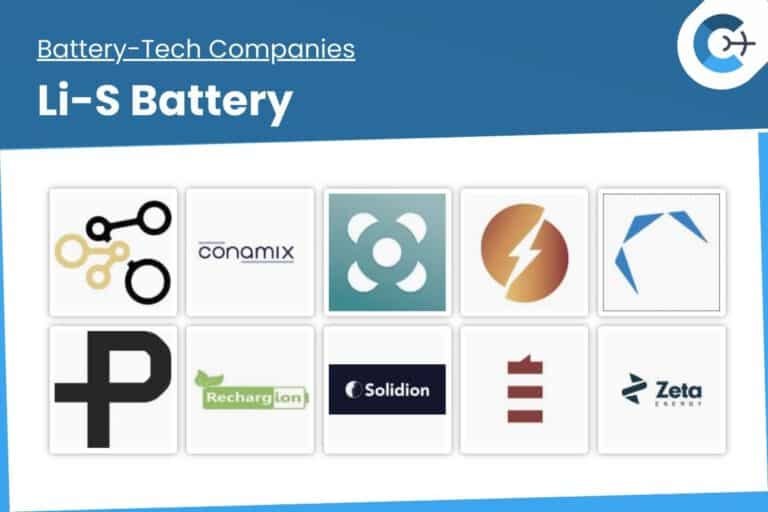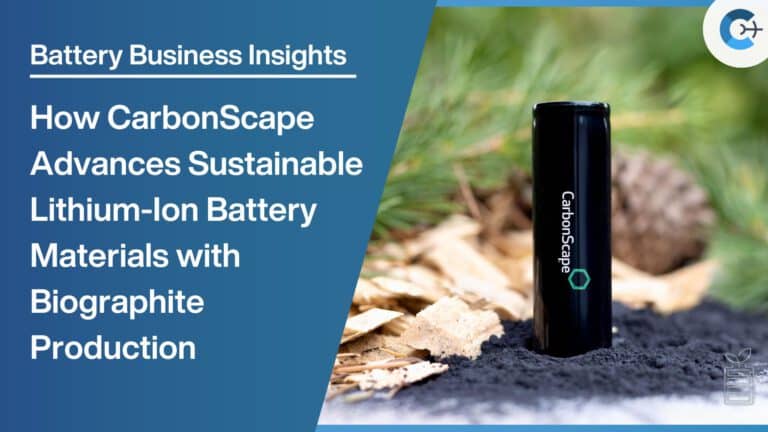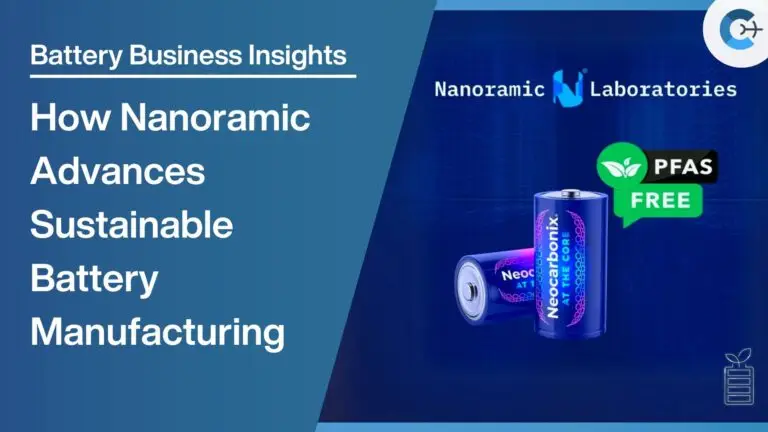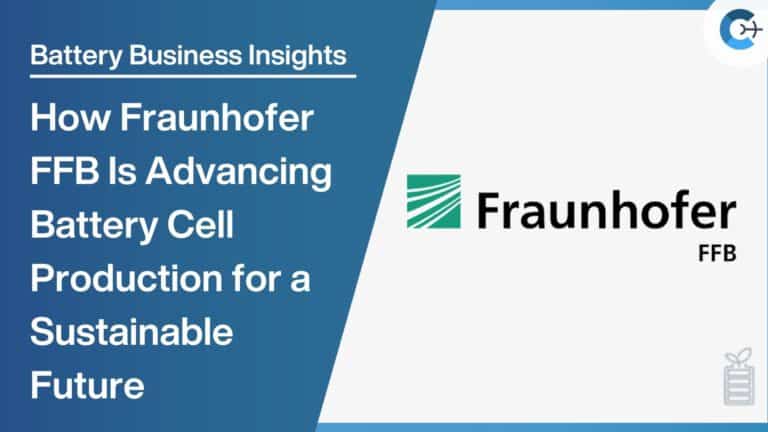Key Players in sodium-ion battery Development & Manufacturing
- Cell & Pack Manufacturing, Energy Storage Solutions
- battery manufacturing, battery technology, energy storage, sodium-ion battery
- Cell & Pack Manufacturing
- battery packs, energy storage, LFP battery, sodium-ion battery
- Cell & Pack Manufacturing, Startup
- battery R&D, sodium-ion battery, solid-state battery
- Battery Industry Supplier, Material & Components
- battery materials, cathode active materials, energy storage, sodium-ion battery
- Cell & Pack Manufacturing, Energy Storage Solutions
- anode materials, battery technology, energy storage, silicon anode, sodium-ion battery, solid-state battery
- Cell & Pack Manufacturing, Material & Components, Startup
- battery R&D, sodium-ion battery
- Energy Storage Solutions, Material & Components
- anode materials, battery materials, energy storage, sodium-ion battery
- Material & Components, Startup
- battery materials, battery R&D, cathode active materials, sodium-ion battery
- Energy Storage Solutions
- battery packs, battery technology, energy storage, sodium-ion battery
- Cell & Pack Manufacturing, Energy Storage Solutions
- battery manufacturing, energy storage, EV battery, sodium-ion battery
- Cell & Pack Manufacturing, E-Mobility
- battery components, battery manufacturing, battery materials, battery packs, battery R&D, battery technology, e-mobility, LFP battery, NMC battery, OEM, sodium-ion battery, solid-state battery
- Battery Industry Supplier, Energy Storage Solutions
- battery manufacturing, EV battery, sodium-ion battery
- Cell & Pack Manufacturing
- battery manufacturing, LFP battery, NMC battery, sodium-ion battery
- Battery Industry Supplier, Cell & Pack Manufacturing
- battery manufacturing, battery technology, sodium-ion battery
- Cell & Pack Manufacturing, Energy Storage Solutions
- battery components, battery manufacturing, battery R&D, battery technology, energy storage, EV battery, LFP battery, NMC battery, sodium-ion battery, solid-state battery
- Battery Industry Supplier, Material & Components
- battery components, battery materials, sodium-ion battery
- Cell & Pack Manufacturing, Energy Storage Solutions
- battery manufacturing, LFP battery, sodium-ion battery
- Cell & Pack Manufacturing, Energy Storage Solutions
- LFP battery, sodium-ion battery, solid-state battery
- Cell & Pack Manufacturing
- battery manufacturing, battery technology, LFP battery, NMC battery, sodium-ion battery
- Cell & Pack Manufacturing
- battery manufacturing, battery R&D, sodium-ion battery
- Cell & Pack Manufacturing, Energy Storage Solutions
- anode materials, battery R&D, battery technology, cathode active materials, sodium-ion battery
- Cell & Pack Manufacturing, Energy Storage Solutions
- battery manufacturing, battery materials, energy storage, LFP battery, sodium-ion battery
- Battery Industry Supplier, Material & Components
- battery materials, cathode active materials, LFP battery, sodium-ion battery
- Cell & Pack Manufacturing, Energy Storage Solutions
- anode materials, battery manufacturing, sodium-ion battery
- Cell & Pack Manufacturing, Energy Storage Solutions
- EV battery, LFP battery, sodium-ion battery
- Cell & Pack Manufacturing, Energy Storage Solutions
- battery manufacturing, battery research, battery technology, energy storage, sodium-ion battery, solid-state battery
- Cell & Pack Manufacturing
- battery manufacturing, battery packs, battery technology, BMS, energy storage, EV battery, sodium-ion battery, solid-state battery
- Battery Industry Supplier, Material & Components
- battery materials, cathode active materials, sodium-ion battery
- Energy Storage Solutions, Material & Components
- battery components, battery materials, battery technology, energy storage, sodium-ion battery
- Energy Storage Solutions, Startup
- battery technology, energy storage, sodium-ion battery
Sodium Ion Battery Technology
Sodium-ion batteries (SIBs) are emerging as a promising substitute to traditional lithium-ion battery cells and sustainable energy storage. By using widely available sodium, sodium batteries provide a cost-effective option for energy storage projects that demand sustainability and large-scale deployment. Over the past few years, significant research interest has been attracted for applications ranging from grid support to low-power electric mobility. However, the market’s acceptance of sodium-ion batteries has not yet reached expected levels. Moreover, low battery prices, such as for LFP batteries, are forcing manufacturers to maintain small-scale production.
Key Characteristics of the Sodium Ion Battery Technology
Chemistry and Operation
SIBs function by the reversible insertion and extraction of sodium ions between specially designed electrode materials. Differences in ionic size and mass compared to lithium require adjustments in electrode design and electrolyte formulations.
Battery Material and Components
- Cathode Material: Options include layered oxides, polyanionic compounds, and Prussian blue analogues that are engineered for efficient sodium storage.
- Anodes Material: Carbon-based materials, particularly hard carbon, are optimized to accommodate the larger sodium ion, with research continually identifying suitable alternatives.
- Electrolytes: Liquid, gel, and solid electrolytes are under study to achieve stability and compatibility with sodium’s unique chemistry.
Battery Technology Classifications & Types
SIB technology can be categorized based on the materials used for the electrodes and the type of electrolyte:
Cathode & Anode Material Variants
- Layered oxide compositions and polyanionic materials are common choices for cathodes, while hard carbon remains a popular option for anodes.
- Prussian blue analogues offer distinct benefits in terms of cycle life and safety.
Electrolyte Systems
Research is ongoing into different electrolyte formulations, such as liquid, gel, or solid, to determine the optimal balance of performance and safety for various applications. The selection of materials naturally leads to several cell types, each designed for specific performance targets and operational conditions.
Development and Commercialization Challenges
While SIBs offer promising cost and sustainability benefits, several challenges must be addressed:
- Energy Density: Presently, sodium-ion cells generally exhibit lower energy densities when compared to lithium-ion systems, typically ranging from 100 to 150 Wh/kg versus 150 to 250 Wh/kg for lithium-ion, which can limit their use in applications where weight and volume are critical factors.
- Cycle Life and Stability: Maintaining capacity over extended periods is a focus of ongoing research, as prolonged charge and discharge cycles expose areas for further improvement.
- Scaling Production: Transitioning from pilot production to mass manufacturing requires developing reliable processes that ensure consistency in performance, cost, and long-term reliability.
- Supply Chain Development: The supply chain for sodium-ion batteries is not fully prepared. There is a lack of mature commercial products for sodium salt electrolytes, and the development of anode materials is limited by the shortage of mainstream carbon source products.
- Cost Competitiveness: Despite the lower cost of sodium raw materials, sodium-ion batteries are not yet cost-competitive with lithium-ion batteries. The Stanford University-led STEER program suggests that achieving cost parity will require more than just scaling production; significant innovation in engineering will be crucial for reducing costs.
Recent Developments and Examples
Several companies have reported in 2024 significant progress in sodium-ion battery technology:
CATL (Contemporary Amperex Technology Co. Limited, China)
CATL developed first-generation sodium-ion cells that deliver approximately 160 Wh/kg with rapid charging capabilities—achieving an 80% charge in about 15 minutes. Working on next-generation systems aimed at achieving an energy density of 200 Wh/kg in the next few years while utilizing its extensive experience in lithium-ion production to scale manufacturing.
Faradion Limited (UK)
Faradion focuses on non-aqueous sodium-ion technology that performs reliably across broad operating temperatures. Designs cells that integrate with existing lithium-ion manufacturing lines, which helps facilitate a smoother adoption process for both electric mobility and grid storage solutions.
HiNa Battery Technology (China)
HiNa Battery Technology offers multiple cell variants, typically in the range of 140–155 Wh/kg, that are currently under evaluation by automotive manufacturers for use in low-speed and cost-sensitive vehicle segments.
Altris AB (Sweden)
Altris produces commercial sodium-ion cells with performance comparable to lithium iron phosphate (LFP) systems. In conjunction with partners such as Clarios, Altris is planning applications in low-voltage automotive sectors with market entries expected in the near future.
TIAMAT SAS (France)
TIAMAT specializes in high-power, fast-charging sodium-ion solutions—recent prototypes have achieved a charge in as little as 5 minutes. Secured an investment of approximately €30M from Stellantis Ventures as part of the plan to establish a 5 GWh production facility for power tools and electric vehicle products.
Natron Energy (US)
Natron Energy focused on Prussian blue-based electrodes that deliver extensive cycle life (exceeding 50,000 cycles) along with rapid discharge performance. Currently expanding with a planned gigafactory expected to deliver about 24 GWh per year, targeting applications in data centers, industrial storage, and emergency backup systems.
These examples, alongside initiatives by BYD and the Argonne-led LENS consortium, demonstrate the growing interest and global collaboration dedicated to refining sodium-ion battery technology. Advances in materials and production techniques are gradually overcoming the challenges, positioning SIBs as a strong alternative for future energy storage and mobility applications.

